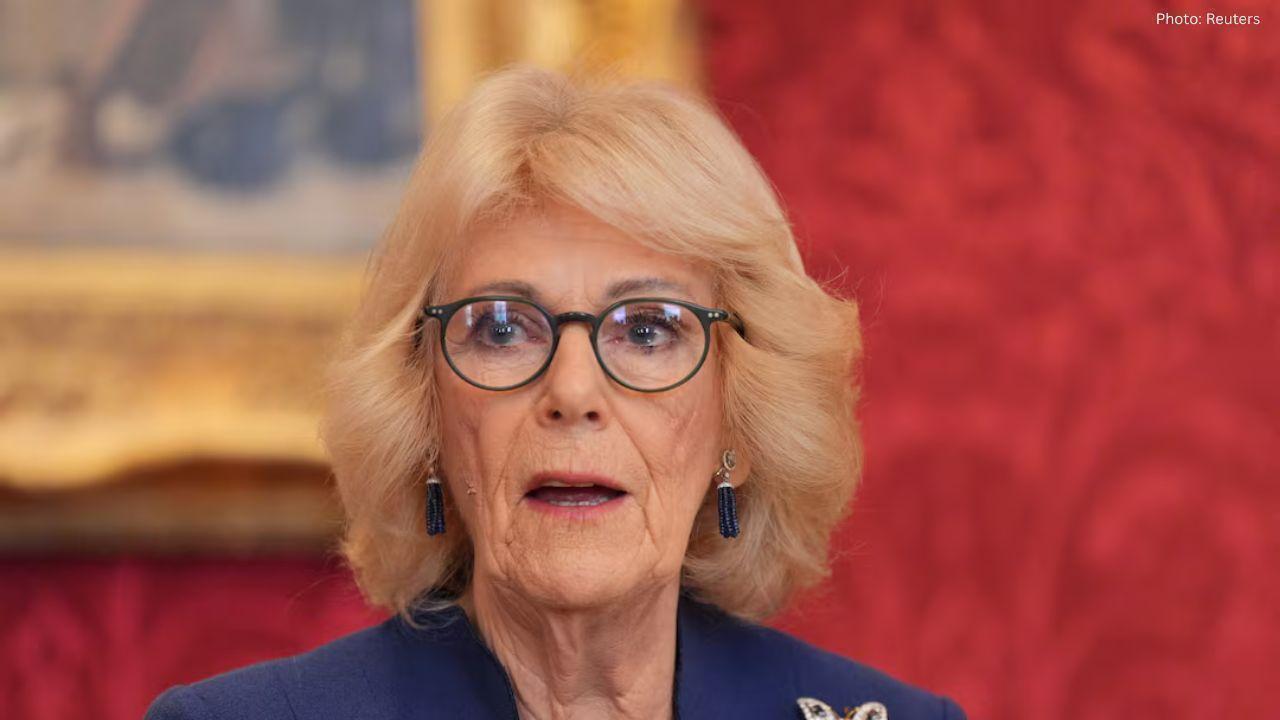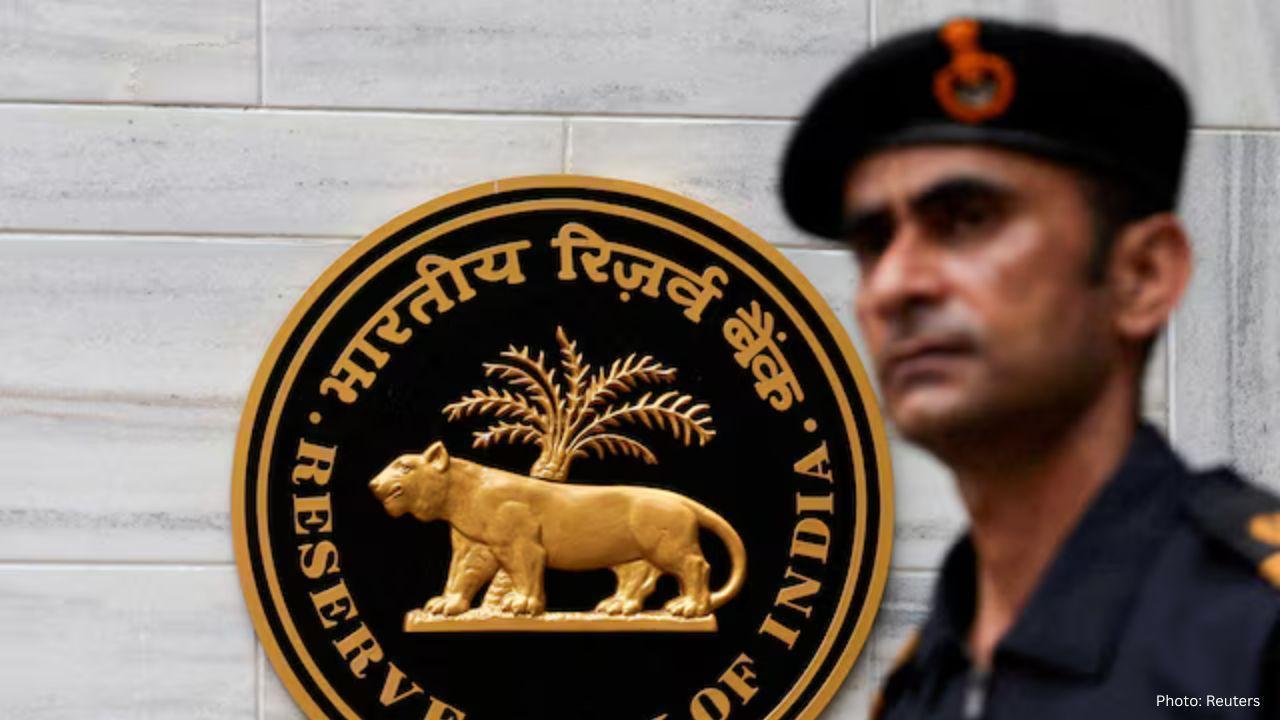You have not yet added any article to your bookmarks!

Join 10k+ people to get notified about new posts, news and tips.
Do not worry we don't spam!

Post by : Anis Farhan
For decades, Bollywood has dominated the Indian film landscape, often overshadowing the depth and diversity of regional cinema. However, with the rise of Over-the-Top (OTT) platforms, that narrative is changing rapidly. Viewers today are discovering a treasure trove of regional films that were once confined to local theaters and niche audiences. Streaming has become a gateway, giving authentic stories from Kerala, Bengal, Tamil Nadu, Punjab, Assam, and many other regions the visibility they long deserved.
This cultural shift reflects more than just entertainment; it is a celebration of India’s linguistic and creative diversity. For audiences tired of formulaic storytelling, regional cinema on OTT is offering bold narratives, fresh perspectives, and grounded storytelling that resonates deeply with everyday realities.
OTT platforms have disrupted traditional entertainment consumption. No longer limited to theater schedules or cable programming, audiences can now explore stories on demand. Platforms such as Netflix, Amazon Prime, Disney+ Hotstar, and regional-specific apps like Hoichoi, Aha, and SunNXT are championing local cinema.
This change allows regional films to compete on equal footing with Bollywood blockbusters and international productions. Subtitles and dubbing have broken language barriers, making it easier for a Malayalam drama or a Marathi thriller to reach audiences across India and abroad. OTT has democratized cinema, making it accessible to anyone with an internet connection.
India’s regional films reflect its cultural mosaic. Each language and region brings unique flavors:
Malayalam Cinema: Known for realistic storytelling and strong performances, Malayalam films like Kumbalangi Nights and Joji have found cult followings globally.
Tamil Cinema: Beyond commercial blockbusters, Tamil cinema excels at hard-hitting dramas and experimental films, such as Super Deluxe or Jai Bhim.
Bengali Cinema: Rooted in literature and social commentary, Bengali films like Manojder Adbhut Bari and Ghare Baire Aaj thrive on nuanced storytelling.
Marathi Cinema: With films like Sairat and Court, Marathi filmmakers continue to address pressing social issues with sincerity.
Assamese and North-Eastern Films: Stories from the Northeast are finally finding recognition, giving voice to cultures often underrepresented in mainstream narratives.
OTT has created a unified stage for all these voices, showcasing India’s vast storytelling traditions without geographical or linguistic limitations.
Several factors make regional films stand out in the OTT space:
Authentic Narratives: Regional cinema often draws from local realities, customs, and social structures, creating narratives that feel organic and deeply relatable.
Fresh Faces and Talent: Unlike mainstream films that rely on star power, regional cinema introduces viewers to new actors, writers, and directors with raw, untapped talent.
Affordability and Accessibility: With affordable streaming subscriptions, audiences across small towns and rural India are now consuming regional films in large numbers.
Variety in Genres: From psychological thrillers in Kannada to heartwarming romances in Telugu, the range of genres keeps viewers engaged.
For audiences, these films are refreshing alternatives to recycled storylines often seen in commercial cinema.
Indian audiences are becoming more adventurous in their viewing choices. A decade ago, subtitles were often dismissed. Today, viewers willingly engage with films in languages they don’t speak. Global hits like Parasite from South Korea have normalized this trend, encouraging Indian audiences to embrace their own linguistic diversity.
This shift also reflects an appetite for realism. OTT viewers prefer stories that reflect everyday life, social struggles, and cultural nuances rather than purely escapist entertainment. Regional cinema, with its focus on authenticity, naturally fills this demand.
For regional filmmakers, OTT has become a lifeline. Many small-budget films struggle to secure theater releases due to limited screens dominated by big productions. Streaming platforms offer them an alternative distribution channel, ensuring their films are seen by thousands—sometimes millions.
Moreover, revenue-sharing models and global exposure encourage regional industries to experiment more. Filmmakers who once feared financial losses in theatrical releases now feel empowered to take risks, producing bold and innovative cinema. This ecosystem nurtures creativity while giving smaller industries recognition.
Regional Indian films are not just gaining domestic traction; they are also making waves internationally. Subtitles and dubbing have enabled global audiences to appreciate these films. Stories rooted in local culture often strike universal chords, resonating with themes of love, struggle, and resilience.
Platforms often showcase regional cinema in international film festivals, giving it visibility alongside world cinema. This recognition validates regional filmmakers and motivates them to push creative boundaries further.
While OTT has opened doors, challenges remain. Algorithms often favor big-budget or star-studded content, making discoverability harder for smaller films. Marketing budgets for regional films are also limited compared to mainstream cinema.
Additionally, piracy continues to threaten revenue streams, and inconsistent internet access in rural areas can limit viewership. Despite these hurdles, the overall trajectory is positive, with platforms increasingly recognizing the demand for authentic, diverse stories.
Regional films do more than entertain—they preserve and promote cultural identity. They highlight dialects, folklore, traditions, and social issues specific to each community. By streaming on OTT, these cultural narratives reach younger generations and global audiences, ensuring their preservation and relevance.
For instance, a film in Konkani or Manipuri might not have reached beyond its local audience a decade ago. Today, it can be streamed worldwide, offering cultural immersion to viewers unfamiliar with those traditions.
Looking ahead, the future of regional cinema on OTT is bright. As platforms invest more in regional originals and collaborations, the volume and quality of films will only grow. Audiences can expect a wider variety of content, spanning experimental films, biopics, crime dramas, and folk-inspired tales.
OTT has given regional cinema not just visibility, but also prestige. What was once labeled as “niche” is now becoming mainstream, celebrated for its depth, originality, and artistic courage. In the coming years, regional cinema could lead India’s global cultural export, cementing its place as the heart of authentic storytelling.
This article is for informational purposes only. It reflects current trends in Indian regional cinema on OTT platforms and does not promote any particular streaming service or film. Readers are encouraged to explore responsibly and support original creators.










Ranveer Singh’s Dhurandhar Hits ₹1000 Cr Despite Gulf Ban Loss
Dhurandhar crosses ₹1000 crore globally but loses $10M as Gulf nations ban the film. Fans in holiday

China Claims India-Pakistan Peace Role Amid India’s Firm Denial
China claims to have mediated peace between India and Pakistan, but India rejects third-party involv

Mel Gibson and Rosalind Ross Split After Nearly a Decade Together
Mel Gibson and Rosalind Ross confirm split after nearly a year. They will continue co-parenting thei

Rashmika Mandanna, Vijay Deverakonda Set to Marry on Feb 26
Rashmika Mandanna and Vijay Deverakonda are reportedly set to marry on February 26, 2026, in a priva

FIFA Stands by 2026 World Cup Ticket Prices Despite Fan Criticism
FIFA defends the high ticket prices for the 2026 World Cup, introducing a $60 tier to make matches m

Trump Claims He Ended India-Pakistan War, Faces Strong Denial
Donald Trump says he brokered the ceasefire between India and Pakistan and resolved eight wars, but